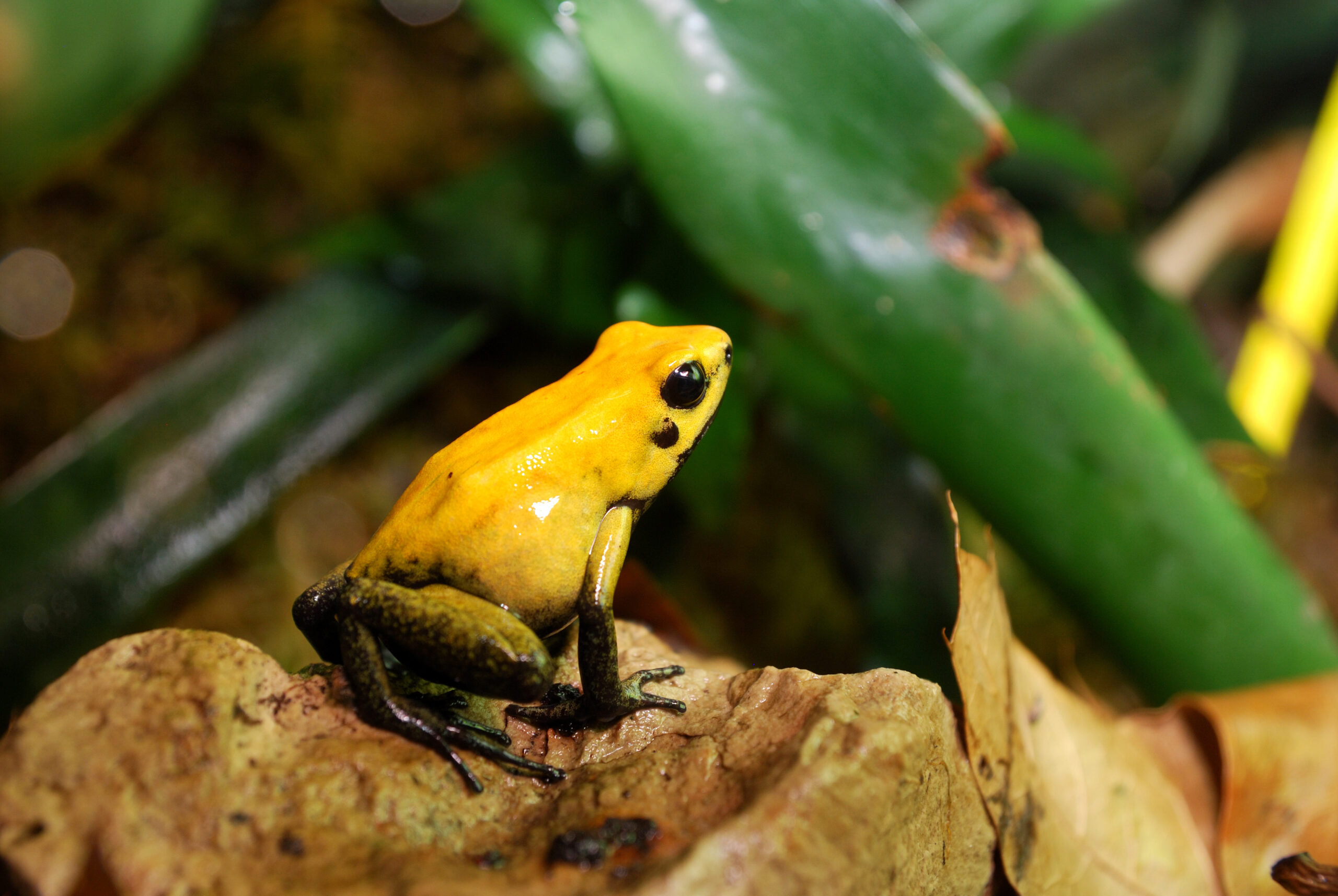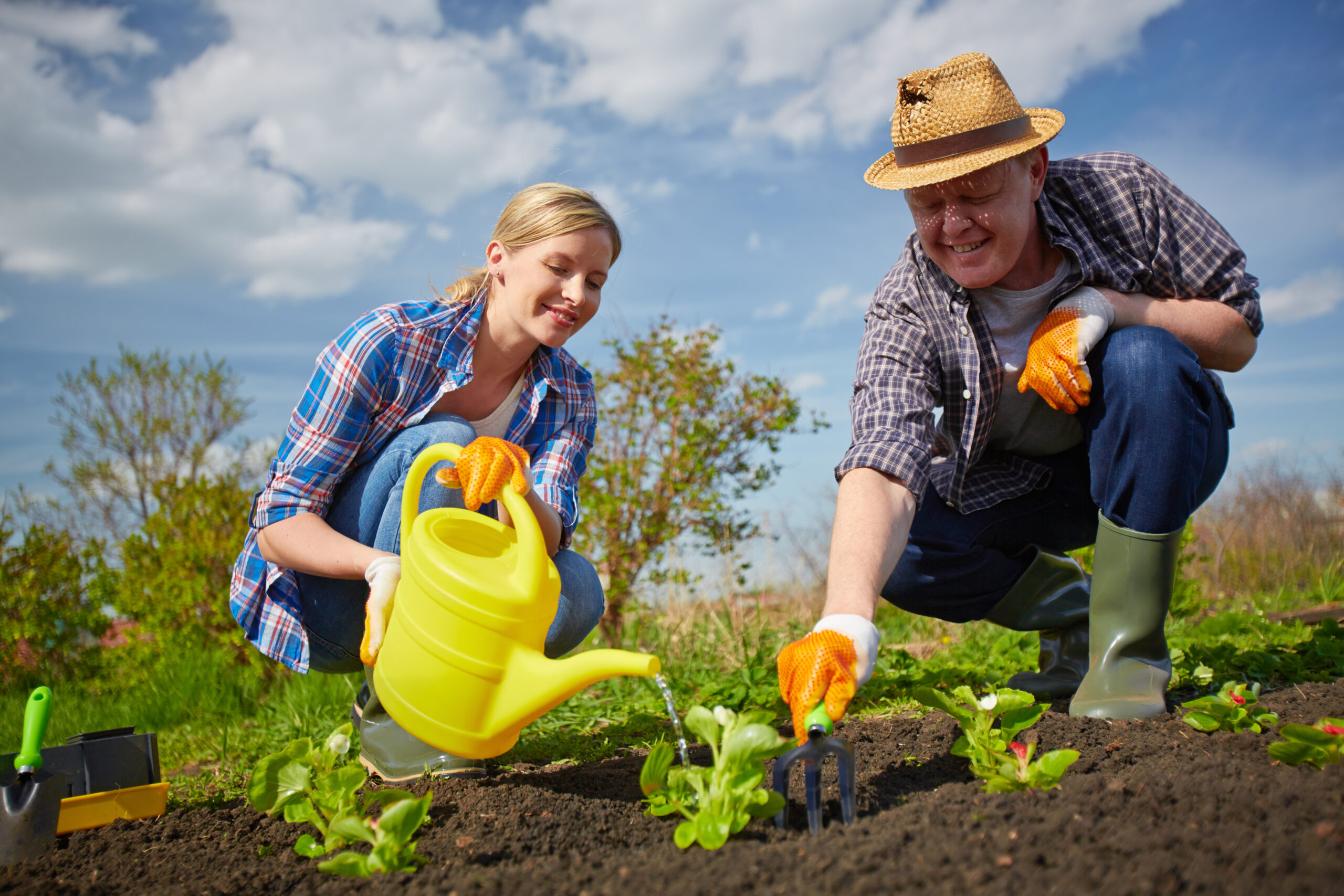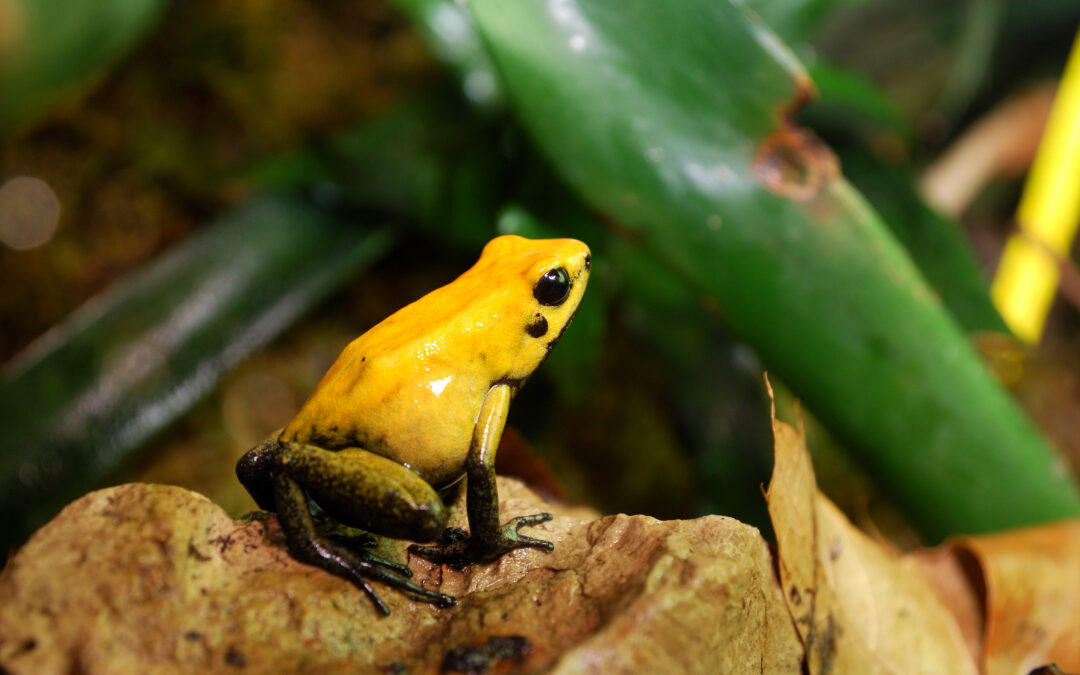Welcome to the world of home farming! Home farming is a great way to grow your own food, save money and reduce your carbon footprint. In this blog post, we will explore how you can make your home farm more sustainable and eco-friendly. Let’s get started!
Introduction to Home Farming and Sustainability
Home farming has become increasingly popular in recent years as people are looking for ways to live healthier lives and be more self-sufficient. However, many people don’t realize that home farming can also have a positive impact on the environment. By using sustainable practices, you can reduce waste, conserve resources and minimize your environmental impact.
The Benefits of Going Green at Home
There are numerous benefits to going green at home. First and foremost, it can help you save money on your energy bills by reducing your reliance on fossil fuels. It can also improve air quality inside your home and reduce your exposure to harmful chemicals found in conventional cleaning products. Additionally, sustainable living can help preserve natural resources such as water and soil, which are essential for growing crops.

Tips for Starting a Sustainable Home Farm
If you’re new to home farming, there are several things you can do to start a sustainable home farm:
1. Choose organic seeds – Organic seeds are grown without synthetic pesticides or fertilizers, making them better for both humans and the environment.
2. Use compost – Composting is an excellent way to recycle kitchen waste and create nutrient-rich soil for your plants.
3. Conserve water – Water conservation is crucial when it comes to sustainable farming. You can use drip irrigation systems or rain barrels to collect rainwater for your plants.
4. Practice crop rotation – Crop rotation helps prevent soil depletion and reduces the need for pesticides and other chemicals.
5. Support local businesses – Buying locally produced goods not only supports small businesses but also reduces transportation emissions.
How to Maximize Efficiency on Your Home Farm
Once you’ve gotten started with your sustainable home farm, there are several ways to maximize efficiency:
1. Make the most of sunlight – Place your garden in areas where it receives maximum sunlight throughout the day.
2. Use vertical space – Vertical gardens allow you to grow more produce in less space while also conserving water.
3. Rotate your crops – As mentioned earlier, rotating your crops can help prevent soil depletion and reduce the need for pesticides.
4. Use natural pest control methods – Instead of relying on harsh chemicals, consider using natural remedies like neem oil or garlic spray to repel pests.
Common Mistakes to Avoid When Creating a Sustainable Home Farm
While creating a sustainable home farm can be rewarding, there are some common mistakes that people often make along the way. Here are a few to watch out for:
1. Overusing chemicals – While it may be tempting to rely on chemicals to keep pests away or boost plant growth, doing so can have negative long-term effects on both human health and the environment.
2. Neglecting maintenance – Regular maintenance is critical to keeping your home farm running smoothly. Failing to prune trees, remove dead leaves or weeds, or rotate crops can lead to problems down the line.

Conclusion: Incorporating Sustainability into Your Everyday Life
In conclusion, incorporating sustainability into your everyday life doesn’t have to be difficult. Whether you’re starting a home farm or simply trying to reduce your carbon footprint, there are countless ways to make a difference. From using renewable energy sources to buying locally sourced goods, sustainability should be a priority for all of us. So go ahead, take the plunge and start living a greener, more sustainable life today!





